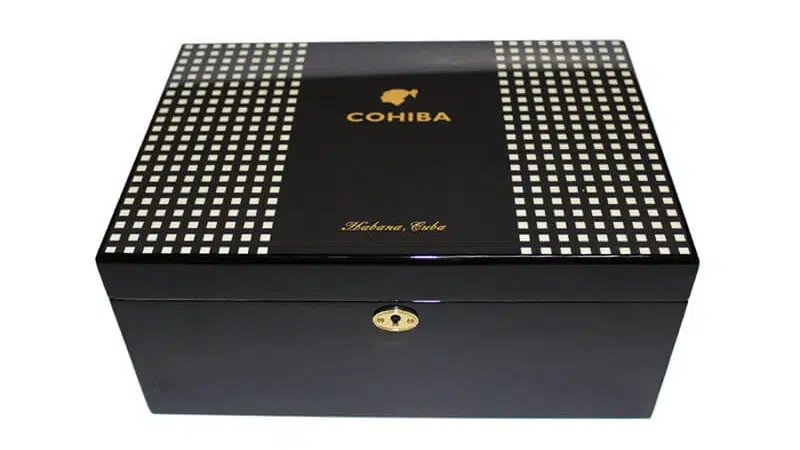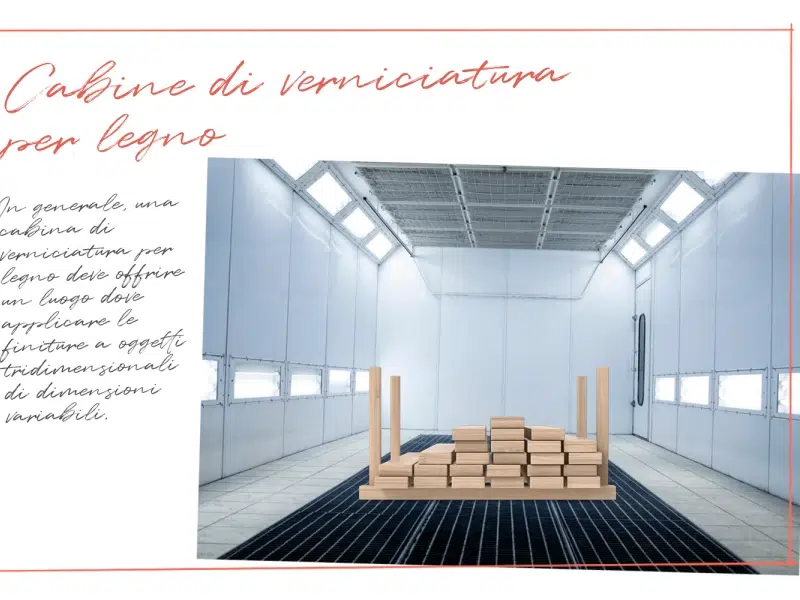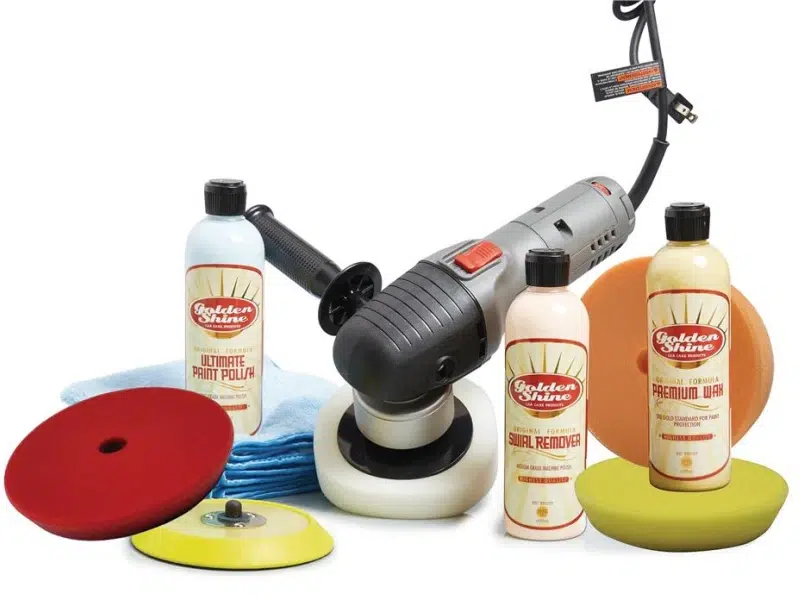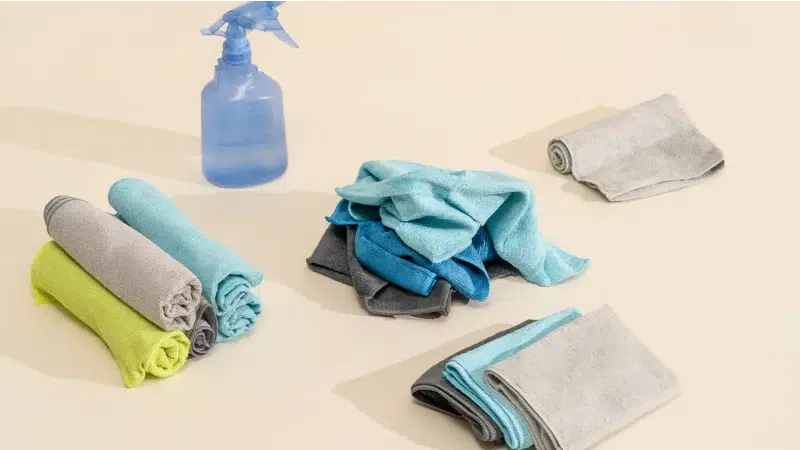
Piano lacquer isn’t just about stunning looks—it also protects. For premium cigar boxes, a durable, scratch-resistant finish is essential for long-term value and presentation.
But what gives piano lacquer its strength, and how can we enhance that protection even further?
After years of crafting high-gloss cigar boxes for collectors and luxury brands, I’ve refined the techniques that turn lacquer from a delicate finish into a tough shield.
What properties of piano lacquer contribute to its natural hardness and durability?
Piano lacquer—often based on polyester or polyurethane systems—is naturally hard and dense. Once cured, it forms a solid film that resists abrasion, moisture, and minor impacts.
Compared to traditional nitrocellulose, modern laca para piano1 formulas offer higher crosslinking density, which makes the finish both harder and more chemically resistant.
Key Properties That Improve Durability
- High solid content: Builds a thick, protective film layer
- Cross-linked polymer structure: Creates a harder surface after curing
- Resistencia a los rayos UV2: Helps reduce degradation over time
- Gloss retention: Keeps the finish looking flawless with minimal maintenance
Our clients often tell us they chose piano lacquer because they want a box that stays showroom-fresh, even after years of use. That only works with the right lacquer system.
How does layering technique affect the surface’s resistance to daily wear and scratches?

The number of layers—and how each one is applied—directly affects the finish’s resistance to scratches and scuffs.
Each clear coat adds a micro-barrier of protection. When layered properly, the lacquer forms a multi-layered surface3 that distributes surface tension, reducing the chance of deep scratching.
Best Practices for Scratch-Resistant Layering
- Apply 5–8 thin, even coats rather than fewer thick ones
- Sand lightly between layers with 800–1500 grit to enhance adhesion
- Use full flash-off time before reapplying to prevent soft spots
- Finish with a flow coat (final thin layer for smooth surface tension)
| Recuento de capas | Resistencia a los arañazos | Gloss Depth |
|---|---|---|
| 3-4 | Moderado | Basic |
| 5-6 | Alta | Rich |
| 7-8 | Excelente | Maximum |
We found that layering too thick can actually cause brittleness—so we build protection slowly and consistently.
What additives or formulations can enhance scratch resistance without dulling the shine?
Not all piano lacquers are created equal. The formulation—especially the type of hardeners and plasticizers used—has a major impact on scratch performance.
Additives That Help
- Silica micro-particles4: Improve abrasion resistance while maintaining clarity
- UV inhibitors5: Prevent surface softening from sun exposure
- Self-healing polymers6: Found in newer PU formulas; minimize light surface marks
- High-gloss resins with built-in hardness: Reduce need for topcoats
Formulation Tips
✔ Use lacquers with Shore D hardness above 70 for strong surface protection
✔ Avoid plasticizers that reduce gloss for flexibility—unless specifically needed
✔ Select a system designed for “tabletop use” or high-touch surfaces
We work with suppliers to tweak lacquer formulas based on final use. Cigar boxes get a different formula than, say, jewelry display units.
¿Cómo puede proper curing7 influence the lacquer’s long-term protective strength?

The strength of a lacquer surface isn’t just about what goes on—it’s how it sets. Proper curing allows the chemical bonds to form fully, making the finish hard and durable.
Key Factors in Curing
- Time: Final hardness can take 5–7 days, even if surface feels dry in 24 hours
- Temperatura: 20–25°C ambient is ideal for full crosslinking
- Humidity control: Prevents blushing and soft spots
- Oven-curing (optional): Speeds up hardening for PU or polyester systems
| Lacquer Type | Initial Dry | Full Cure Time |
|---|---|---|
| Nitrocellulose | 1–2 hrs | 2–3 days |
| Polyurethane | 6–8 hrs | 5–7 days |
| Polyester | 24 hrs | 5–7 days |
✔ Never pack or polish lacquered cigar boxes before full cure
✔ Track batch dates to ensure consistency in durability
Early in my career, I shipped a batch too soon and got complaints about “soft corners.” Since then, every box rests a full week before leaving the line.
What post-finishing treatments or coatings help reinforce the lacquered surface?

Once polishing is complete, a few optional treatments can add extra scratch resistance without reducing the finish’s visual clarity.
Post-Finishing Enhancements
- Microcrystalline wax8: Adds a sacrificial layer that repels dust and fingerprints
- Silicone-free protective polishes9: Help reduce static and improve glide
- Nano-ceramic coatings10: Create a hydrophobic, anti-scratch surface (used in luxury auto detailing)
✔ Apply by hand with microfiber pad
✔ Avoid oils or compounds that soften lacquer or yellow over time
✔ Reapply waxes or polishes every 6–12 months for long-term display pieces
For collectors, we often include a sample tin of our preferred wax. It adds a buttery smooth touch and protects against rings or fingernail scratches.
How can end users care for piano lacquer surfaces to preserve their flawless look?

Even the best lacquer can show wear if handled carelessly. For long-term use, it’s critical that the end user knows how to clean and store the product properly.
User Care Tips
- Dust only with microfiber cloths11—no paper towels
- Avoid alcohol-based or ammonia cleaners
- Keep away from direct sunlight and high-humidity rooms
- Store at room temperature to prevent expansion stress
- Use soft gloves for handling during display
✔ Add a care card with every high-gloss product
✔ Recommend annual polishing with non-abrasive wax or glaze12
We design our packaging to protect during shipping—but we also design for the user’s habits. That’s why our interior trays hold the box with minimal surface contact.
Conclusión
Piano lacquer brings unmatched shine—but real luxury means lasting performance, too. When done right, it’s as strong as it is beautiful.
To improve scratch resistance:
- Use the right lacquer system and formulation
- Layer thin coats with proper sanding and curing
- Finish with post-treatments that preserve gloss and clarity
- Educate customers on daily care and handling
Luxury isn’t just what you see—it’s what holds up over time. And piano lacquer, properly applied, does just that.
Marca: WoodoBox
Eslogan: Cajas de madera personalizadas, hechas a la perfección
Página web: www.woodobox.com
-
Explore the advantages of piano lacquer, including its durability and aesthetic appeal, to understand why it's a preferred choice for high-quality finishes. ↩
-
Discover the significance of UV resistance in coatings to ensure longevity and maintain appearance, especially in piano finishes. ↩
-
Learn how a multi-layered surface can significantly improve scratch resistance, ensuring your projects stand the test of time. Check out this informative link. ↩
-
Explore how silica micro-particles enhance scratch resistance and clarity in coatings, ensuring a durable finish. ↩
-
Learn about the role of UV inhibitors in preventing surface damage from sunlight, crucial for maintaining product longevity. ↩
-
Discover the innovative technology behind self-healing polymers and how they minimize surface marks for a flawless finish. ↩
-
Understanding proper curing can enhance your knowledge of lacquer finishes and their durability, ensuring better results in your projects. ↩
-
Explore the advantages of Microcrystalline wax in enhancing surface protection and clarity for your lacquered finishes. ↩
-
Learn about the benefits of Silicone-free protective polishes in maintaining the integrity and appearance of your lacquered surfaces. ↩
-
Discover how Nano-ceramic coatings can provide superior protection and longevity for your lacquered surfaces. ↩
-
Discover the benefits of using microfiber cloths for cleaning, ensuring your surfaces remain scratch-free and pristine. ↩
-
Find out how non-abrasive wax or glaze can enhance and protect your lacquer finishes, keeping them looking new. ↩





